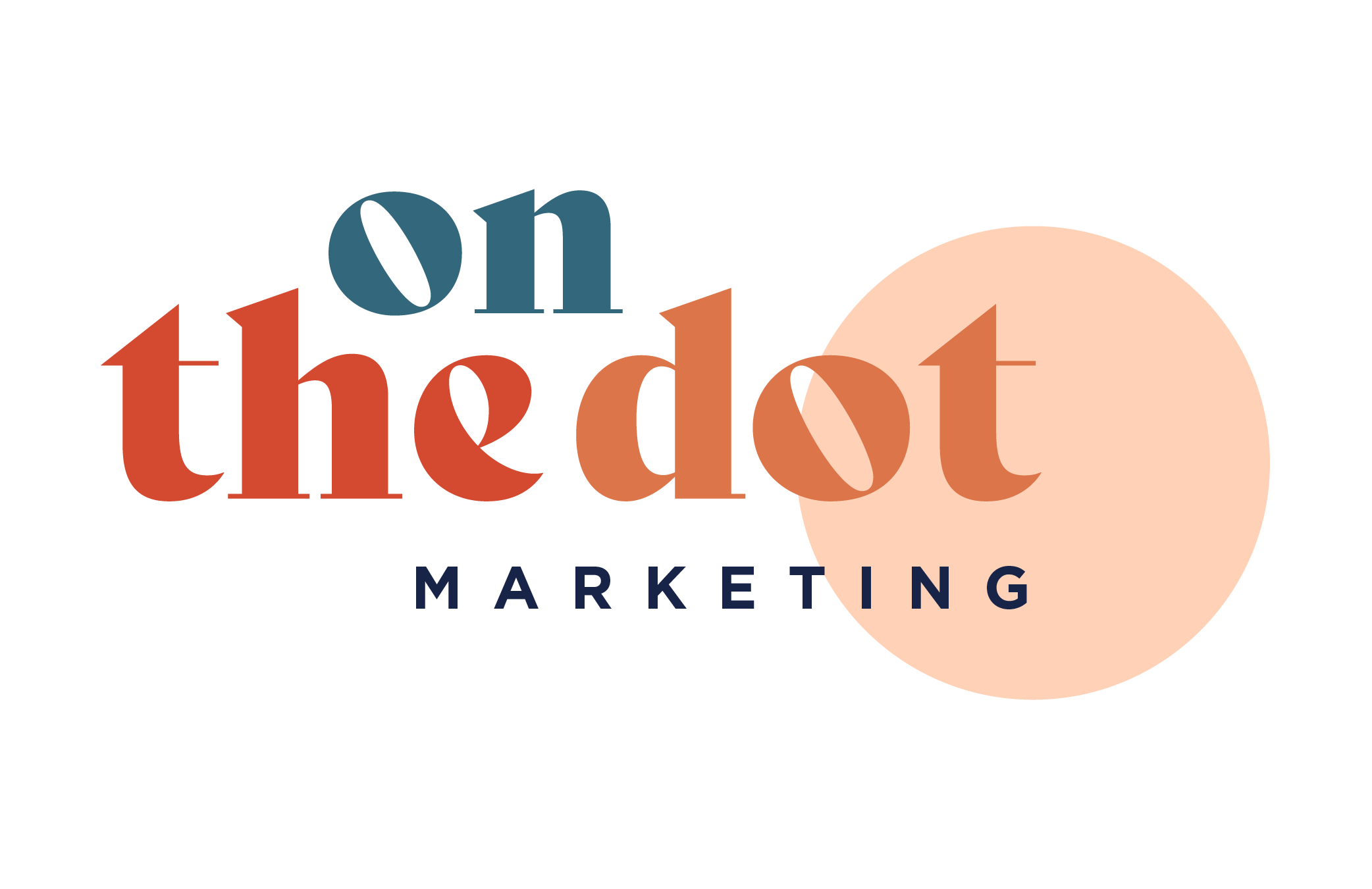As a B2B setting is largely different to B2C, it can be difficult to identify which marketing channels will communicate your offering to the target market effectively. Instagram and TikTok may not work in a professional, executive environment. Likewise, if your business is largely based on fun, a corporate-style newsletter might not meet your needs.
Here are some tried and tested channels that you can consider. There are many more, but I won’t overwhelm you at this point…
Conferences and trade shows
Conferences and trade shows can be a blessing. They allow you to bypass the targeting and segmentation stages of marketing processes, simply because the audience of an industry-specific conference or trade show is already interested in new developments in that sector. This allows for a natural audience filter so to speak. You can promote yourself effectively to people and organisations that would be directly concerned and likely interested. The key here is to balance investment and ensure you aren’t overpaying for a stand. Make sure that those attending are acutely aligned to your target market and that you aren’t breaking your marketing budget when you could spend wisely elsewhere.
Search Engine Optimisation
In an increasingly connected world, search engine optimisation (SEO) has become absolutely necessary. One concept of SEO is: how do you become visible on search engines through specific word associations. In other words, when consumers search for products or services through Google, they search for keywords. These keywords are then correlated with logged website pages and their content.
For your business’ website to pop up within these results, those keywords must be present on your website pages a certain number of times. If you need a reason as to why SEO is important for businesses to gain awareness and exposure, let me ask you this: how often do you scroll past the second Google results page when searching for something? I’m willing to bet this represents a very small percentage of your interactions with search engines as does most people’s.
The good thing is that, in a B2B environment, these keyword searches can be extremely specific to the industry which can increase the chances for your business’ website to pop up. For instance, if a Liverpool-based office interior designer is searching for an electrician for a project, ‘commercial electrician Liverpool’ and ‘commercial lighting Liverpool’ might be two keywords they will use.
However, in order for SEO to be successful, there is a need for regular trend analyses. This simply means you should regularly consult data about what keywords or phrases are the top searches on engines and then adapt your website content to fit these in. It’s important to understand that SEO is not just about keywords, but also the general user experience of your website – this is a handy list of what you should be working on.
Blogs, guides, and articles
Blogs, guides, and articles, can be powerful marketing tools for several reasons. First of all, they allow your business to show off its expertise by talking about what you offer in detail or how your offering helps the industry you’re operating in.
Secondly, coupled with SEO practices, blogs allow you to seamlessly post new content to your website and thus keep on top of these most popular searches to increase your website traffic and its chances to be a top result in Google. Blogs and the like can even have a knock-on effect to your social media traffic and interactions by customers accessing these accounts from your website directly.
The best b2b marketing campaigns boost your credibility and authority in the market. Blogs, guides, and articles are great for this since they are an organic form of content and feel more genuine than ads.







